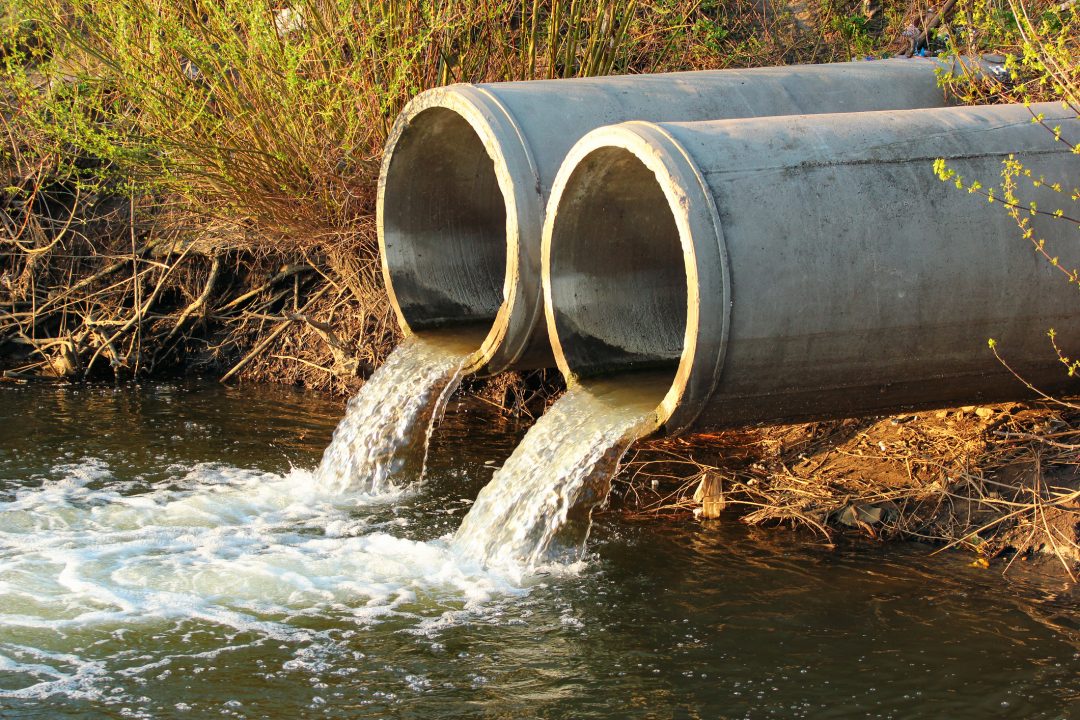More than half of councils have seen a rise in sewage dumps, figures from the Liberal Democrats show.
New Scottish Water figures analysed by the party reveal that the number of sewage dumps increased in most council areas between 2022 and 2023.
There were 20 council areas that saw an increase between 2022 and 2023 alone.
The data also reveals that between 2022 and 2023, Fife experienced the biggest percentage increase in sewage dumps, with the number of dumps almost quadrupling from 213 to 733.
Moray also saw a huge rise over the single year, with the number of sewage dumps increasing by 117.5%.
Argyll and Bute had the highest number of sewage dumps with 3,768 in 2023 and dumping lasting 30,078 hours.
Sewage dumps in South Lanarkshire totalled 3,111 and lasted 27,682 hours in 2023, while the number of dumps in Dumfries and Galloway came to 2,397 and lasted 24,682 hours.
Across the whole of Scotland in 2023, there was a 10% increase in the number of sewage dumps, with 21,660 discharges logged.
However, the true scale of the figures cannot be fully known as monitoring does not take place in Dundee, East Dunbartonshire and Edinburgh and, in 10 authorities, just one or two sites were recorded.
In ten more local authorities (Angus, Clackmannanshire, East Renfrewshire, Inverclyde, Midlothian, Moray, Orkney, Shetland, South Ayrshire and West Dunbartonshire) just one or two more sites are monitored.
Figures previously released by Scottish Water showed a total of 21,660 discharges were logged across the country in 2023, up 10% from 19,676 in the previous year.
Scottish Water has said it is committed to installing monitors on every combined sewer overflow by 2024.
Scottish Liberal Democrat Alex Cole-Hamilton MSP has today said that the SNP-Green Government “haven’t lifted a finger” to tackle Scotland’s sewage scandal after
He said: “Communities across Scotland will be alarmed by such big upticks in sewage dumps.
“SNP and Green ministers haven’t lifted a finger to address this scandal. Instead, they sit idle while our rivers, coastlines and waterways take a battering.
“The true scale of the problem is likely a lot worse because very few sewage pipes are properly monitored. While ministers hide the dirtier reality, the government-owned water company is hiking its prices for customers and rewarding its executives with bumper bonuses.
“Scottish Liberal Democrats have published plans for a Clean Water Act that would see vital updates to our sewage network and a clamp down on discharges. If the SNP and Greens are at all serious about protecting the environment, they will stop excusing sewage dumping and listen to our plans.”
Professor Simon Parsons, director of environment, planning and assurance at Scottish Water, said 87% of waterbodies were rated good or better and said the increase in overflows was because of higher rainfall.
He said: “Around 99% of these overflows is rainwater, surface water, road run-off, grey water, infiltration of groundwater and trade effluent.
“More than half of the overflows we report are at locations (settled storm sewer overflows/SSSOs) where there has been treatment of the flows, such as primary settlement and screening.
“We recognise releasing waste water, even occasionally, into Scotland’s rivers and seas is a concern to people and we are playing our part in fully informing the public, as well as improving infrastructure, alongside our regulator SEPA.”
A Scottish Government spokesperson said: “It is important to note that overflows from sewers are wastewater which has been highly diluted by rainwater, and which normally consists of less than 1% toilet waste.
“SEPA assesses 87% of waterbodies in Scotland as having ‘high’ or ‘good’ water quality, up from 82% six years ago. This means our rivers and coastal waters are overall in good ecological condition, but we are not complacent, and continue to work closely with SEPA and Scottish Water to monitor and improve water quality.
“Scottish Water is taking action and is committing up to £500m to improve water quality, increase monitoring of the highest priority waters and tackle debris and spills. This includes a commitment to install at least 1000 new monitors on the network by the end of 2024 – good progress is being made, with around 800 having already been installed by the end of March.
“Scottish Water is also working with SEPA to identify and develop solutions for 108 high priority overflows impacting water quality or causing sewage related debris problems.
“We have also recently undertaken a public consultation on water, wastewater and drainage which considers how we limit the amount of rainwater entering sewers to reduce overflows.”
Follow STV News on WhatsApp
Scan the QR code on your mobile device for all the latest news from around the country





























